Introduction
Delving into a company's accounts payable turnover reveals the pulse of its financial operations, exposing the cadence at which it settles its debts to suppliers and vendors. The calculation of this metric not only unveils the rate at which payments are made but also underscores the company's ability to leverage its cash flow in maintaining robust supplier relationships and optimizing its credit terms. By calculating the accounts payable turnover, businesses gain critical insights into their liquidity status and the efficiency of their payment cycles, which is pivotal for strategic financial planning and operational agility.
In this article, we will explore the importance of AP turnover calculation, the process of calculating the ratio, its interpretation, industry benchmarking, and how to improve AP turnover. We will also discuss common mistakes to avoid and the role of automation in optimizing AP turnover. So, let's delve into the world of accounts payable turnover and discover practical ways to enhance your company's financial health.
Why AP Turnover Calculation is Important
Delving into a company's accounts payable turnover reveals the pulse of its financial operations, exposing the cadence at which it settles its debts to suppliers and vendors. The calculation of this metric not only unveils the rate at which payments are made but also underscores the company's ability to leverage its cash flow in maintaining robust supplier relationships and optimizing its credit terms. By calculating the accounts payable turnover, businesses gain critical insights into their liquidity status and the efficiency of their payment cycles, which is pivotal for strategic financial planning and operational agility.
To calculate the accounts payable turnover, one must first aggregate the total supplier purchases made during a certain period. This figure is then divided by the average accounts payable for that same timeframe. The resultant ratio offers a clear view of how often a business pays off its suppliers over the period. An elevated turnover rate may indicate prompt payments, potentially harnessing early payment discounts and fostering strong supplier alliances. Conversely, a reduced rate could signal a more conservative cash management strategy, which, while preserving cash on hand, might strain supplier relationships or forfeit such discounts.
For instance, the transportation and logistics industry, which shoulders more than 72% of the nation's freight by weight, is a testament to the need for efficient accounts payable processes. Amidst the myriad of expenses, from fuel to vehicle maintenance and hefty payrolls exemplified by industry giant UPS, the ability to swiftly manage payable accounts is critical. The introduction of automation and embedded payment solutions is revolutionizing the industry, enabling companies to speed up transactions, enhance financial visibility, and propel economic growth.
As the financial backbone of any enterprise, accounting—far more intricate than mere bookkeeping—requires meticulous record-keeping followed by a comprehensive analysis to inform wise financial choices. It is the systematic interpretation of this data that propels businesses forward. Recognizing the imperative nature of accounting, 66% of businesses acknowledge the significance of accounts payable in their operations, with many looking towards AP automation as a transformative tool to elevate their financial processes. AP automation not only streamlines workflows but also introduces accuracy and substantial cost savings, reshaping the financial landscape of businesses striving for sustained success.
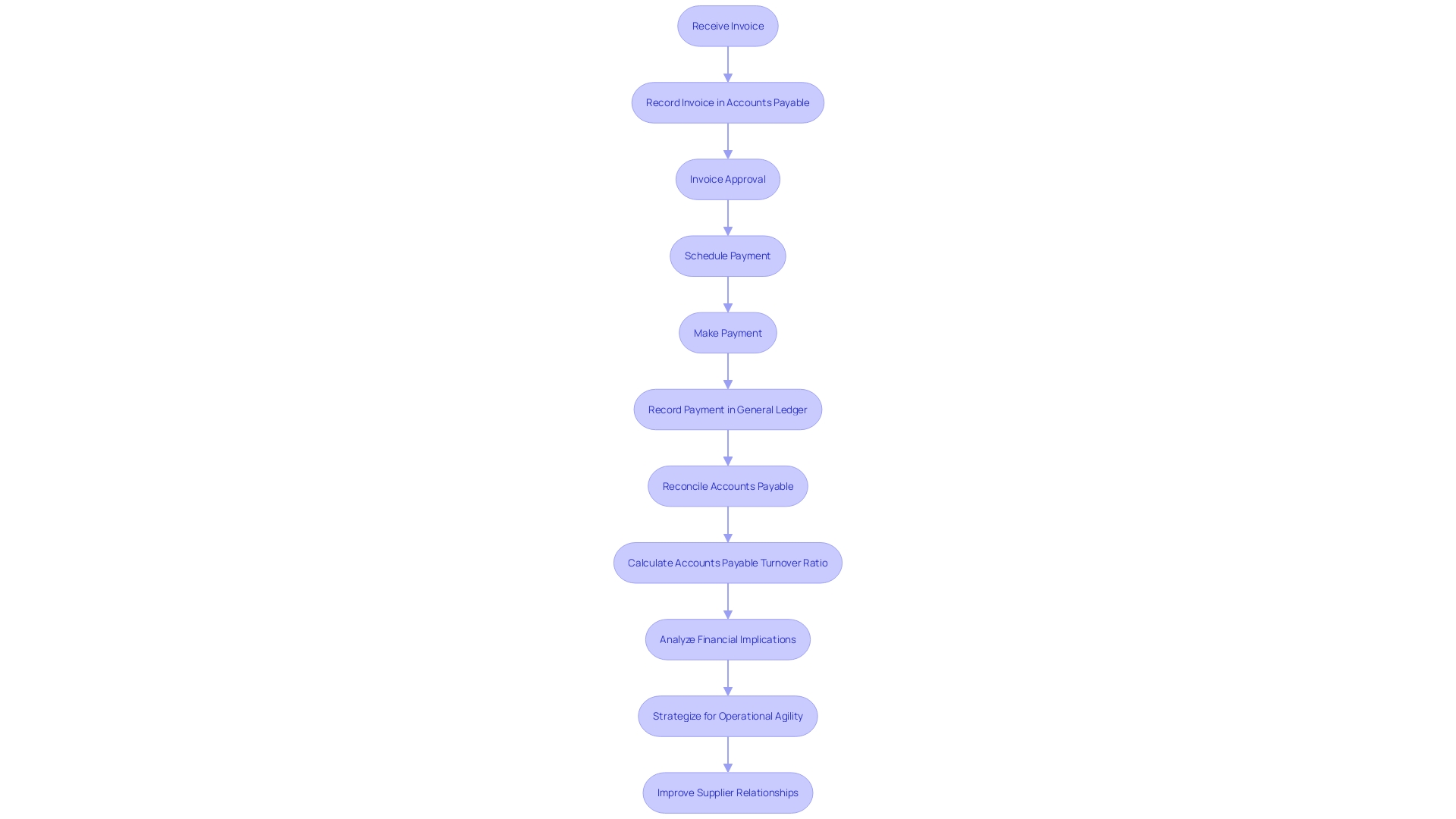
How to Calculate AP Turnover Ratio
The Accounts Payable (AP) turnover ratio is a crucial metric for gauging the efficiency with which a company handles its outstanding debts. By dividing total supplier purchases by the average AP balance, this ratio reveals the frequency with which a company settles its payables over a given period. This is significant for businesses to gauge not only their payment habits but also their cash management effectiveness.
Understanding the AP turnover ratio gives companies a clear perspective on their fiscal health. For instance, a higher ratio may indicate prompt payments to suppliers and good credit management, whereas a lower ratio could suggest potential cash flow challenges or a strategic approach to longer payment terms. The insights from this ratio enable businesses to make informed decisions, such as optimizing payment cycles or negotiating better terms with suppliers, ultimately enhancing operational efficiency.
Financial experts emphasize the importance of financial ratios like the AP turnover for their ability to declutter complex financial data. By translating raw numbers into actionable percentages, these ratios permit a thorough comparison against industry benchmarks. Such comparisons are invaluable in guiding strategic decision-making, risk assessments, and credit analyses.
In practice, companies that automate their AP processes, such as some mid-sized firms, have reported tremendous gains. Automation has led to enhanced efficiency and improved cash flow, indicating the potential for better AP turnover rates. However, the initial costs and barriers to implementing such systems can be considerable, with less than 10% of firms delaying automation due to satisfaction with their current manual processes. Yet, the journey towards automation is ongoing, with only a small fraction having fully automated their AP and AR processes.
Step-by-Step Calculation Process
Understanding the dynamics of accounts payable turnover is crucial for maintaining a healthy cash flow and ensuring that your company's operations are running smoothly. This ratio measures how effectively a business is paying off its suppliers and creditors, which is a key factor in managing liquidity and maintaining strong supplier relationships.
To compute the accounts payable turnover ratio, you need to:
-
Ascertain the total amount of credit purchases made within a given time frame. This figure should be reflective of all purchases made on credit and is essential for assessing the volume of your company's transactions with its suppliers.
-
Calculate the average balance of accounts payable for the same period. This can be done by adding the beginning and ending balances of accounts payable for the period and dividing by two. It's an indicator of the debt level that the company is managing on average.
-
Divide the total credit purchases by the average accounts payable to determine the turnover ratio. This final step gives you the accounts payable turnover ratio—a metric that tells you how many times over the course of the period your company has paid its average payable amount. A higher ratio indicates that payables are being settled more frequently, which can suggest efficient payment processes or strong cash management practices.
The AP turnover ratio is a telling sign of a company's short-term financial health and creditworthiness. By keeping a close eye on this ratio, companies can better understand their payment habits and how they might be perceived by suppliers and creditors.
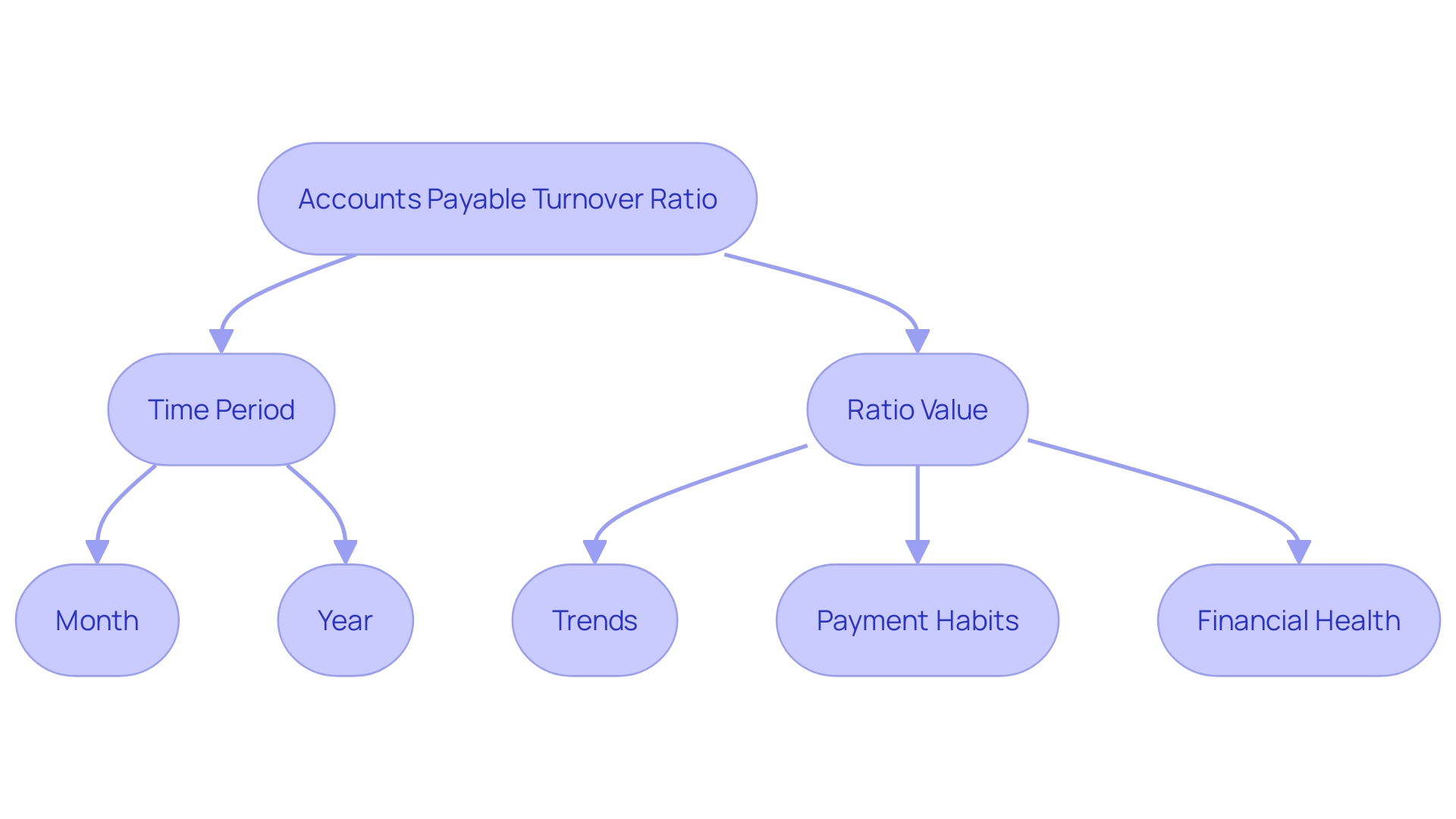
Example Calculation of AP Turnover Ratio
Understanding the Accounts Payable Turnover (APT) ratio is essential for evaluating how efficiently a company manages its payable obligations. To illustrate, if ABC Company racked up $500,000 in credit purchases with an average accounts payable balance of $100,000 within a year, the APT ratio is computed by dividing total purchases by the average accounts payable balance, leading to an APT ratio of 5. This signifies that ABC Company pays off its suppliers approximately five times a year, which can be a testament to its financial prudence and strategic cash flow management. The APT ratio provides valuable insights into payment habits and can guide companies in optimizing their cash conversion cycles.
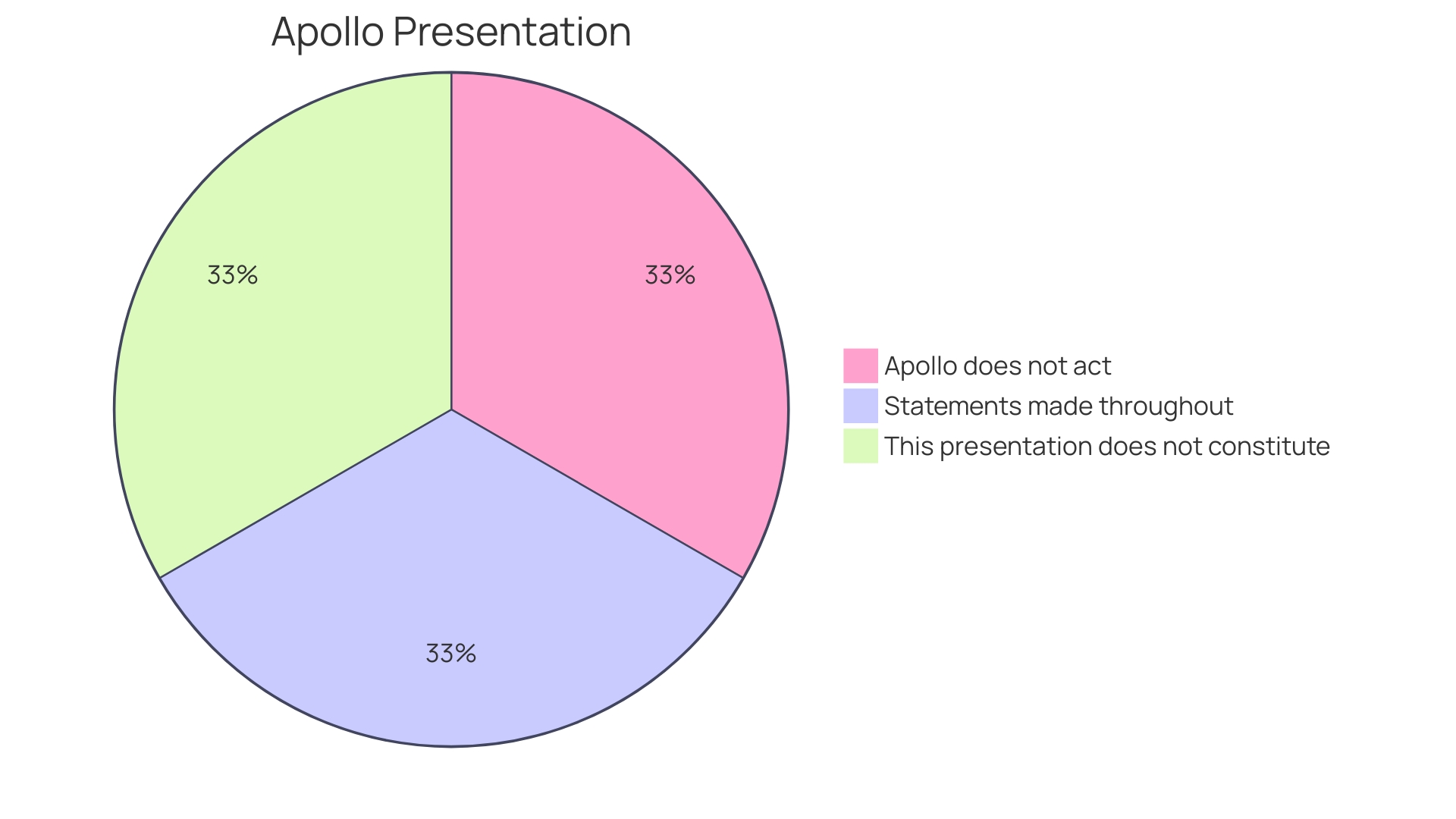
Interpreting the AP Turnover Ratio
Understanding the Accounts Payable (AP) turnover ratio is crucial for a business to manage its cash flow effectively. This financial metric gauges the rate at which a company settles its debts with suppliers. A robust AP turnover ratio reflects a company's proficiency in clearing its payables, which is often interpreted as a sign of solid liquidity and operational efficiency. Conversely, a sluggish ratio may point to potential cash management issues or a lack of negotiation power with suppliers, which could signal broader financial concerns.
Financial ratios, like the AP turnover, serve as standardized benchmarks that facilitate the comparison of a company's financial health to industry peers. These ratios distill complex financial data into digestible percentages, aiding stakeholders in making informed decisions about the company's performance and strategy. For example, a high AP turnover ratio may align with a company's aggressive growth strategy, allowing it to reinvest cash quickly back into the business. On the other hand, a lower ratio might reflect a strategic choice to leverage longer payment terms to manage cash flows more effectively.
To calculate the AP turnover ratio, you divide the total net credit purchases by the average accounts payable during a specific period. This reveals how often the company pays its suppliers over that time frame. Additionally, the Days Payable Outstanding (DPO) metric complements this ratio by indicating the average number of days a company takes to pay its bills. The DPO is calculated by multiplying the number of days in the period by the average accounts payable and then dividing by the cost of goods sold.
Incorporating these metrics into financial analysis allows CFOs and financial managers to pinpoint operational issues, assess financial stability, and tailor strategies to optimize the company's cash position. As with any financial indicators, it's pivotal to consider AP turnover in the context of the company's overall financial strategy and market conditions to ensure a comprehensive evaluation of its implications.
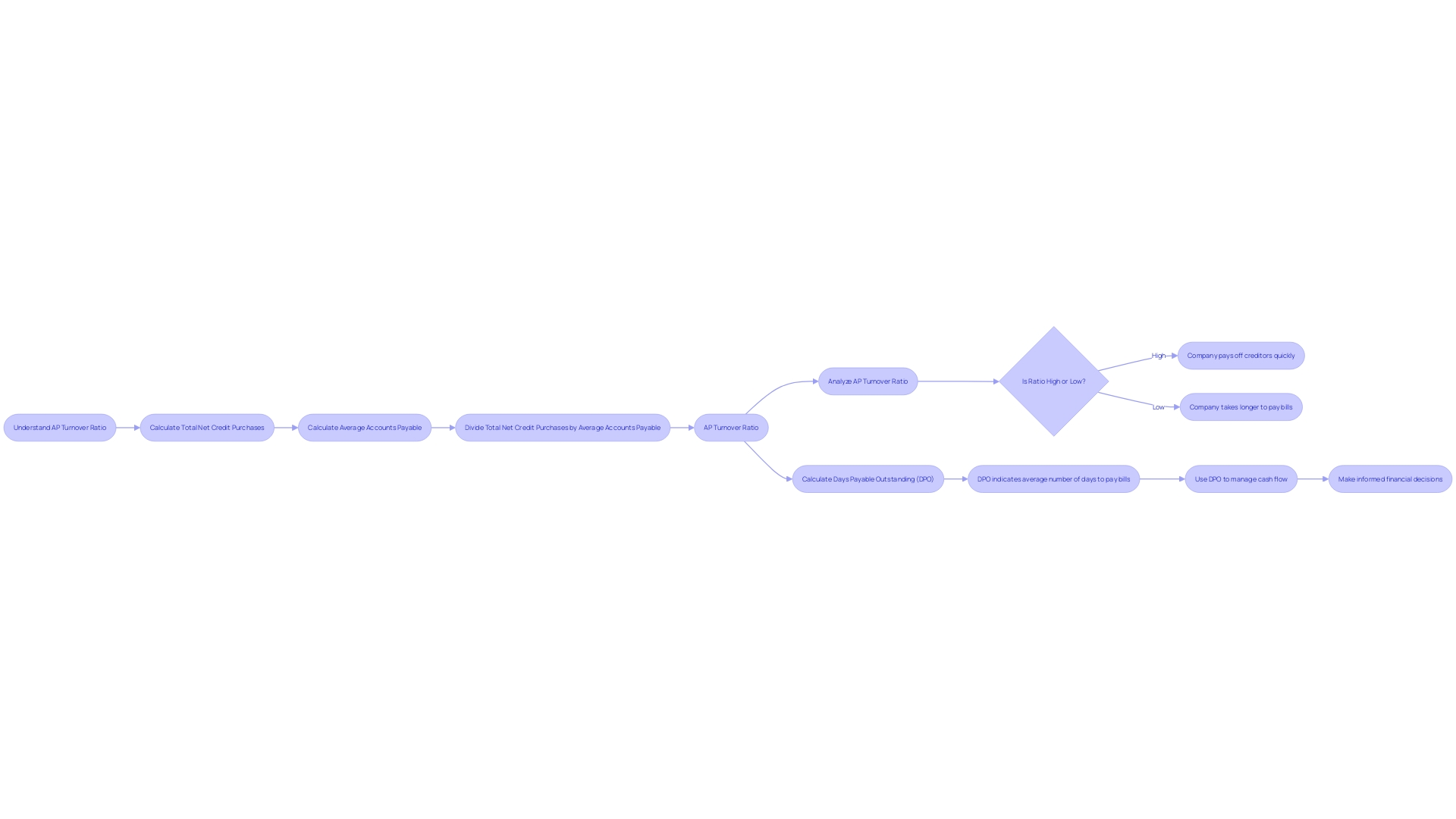
Industry Benchmarking and Comparison
Benchmarking the Accounts Payable (AP) turnover ratio serves as a powerful lens through which businesses can evaluate and refine their financial operations. This ratio, when measured against industry standards, acts as a strategic barometer indicating the efficiency of your AP processes. By scrutinizing how your ratio stacks up to those of industry counterparts, you’re able to pinpoint potential discrepancies and inefficiencies within your own system. This comparative analysis provides a clear pathway to fine-tuning your accounts payable procedures, ensuring they are as streamlined and effective as possible.
Financial ratios, expressed as percentages, distill complex financial data into actionable insights, leveling the playing field for robust comparative analysis. This standardization is indispensable for anyone involved in financial analysis, procurement, or business valuation. It aids in detecting financial statement anomalies, assessing company health, and guiding informed decision-making. These ratios are more than mere numbers; they are the compass that steers strategic direction and risk assessment.
Moreover, the utilization of financial ratios for benchmarking doesn’t just highlight areas that need improvement; it can also reinforce what’s working well. This dual-purpose tool can lead to a reassessment of approval workflows, payment terms, credit policies, and collections strategies, ultimately influencing policy adjustments and compliance with regulatory demands.
For instance, the transformative impact of benchmarking can be observed in the recent recognition of CloudPay as a Star Performer in the payroll solutions sector. This accolade, rooted in their continuous improvement, reflects the importance of consistently evaluating and enhancing business operations to stay ahead in the market.
In essence, the AP turnover ratio is not just a number to be calculated; it is a strategic asset that, when benchmarked effectively, can lead to profound business transformation and success. By understanding where you stand in relation to your industry peers, you can make informed decisions that will streamline your AP processes and improve your bottom line.
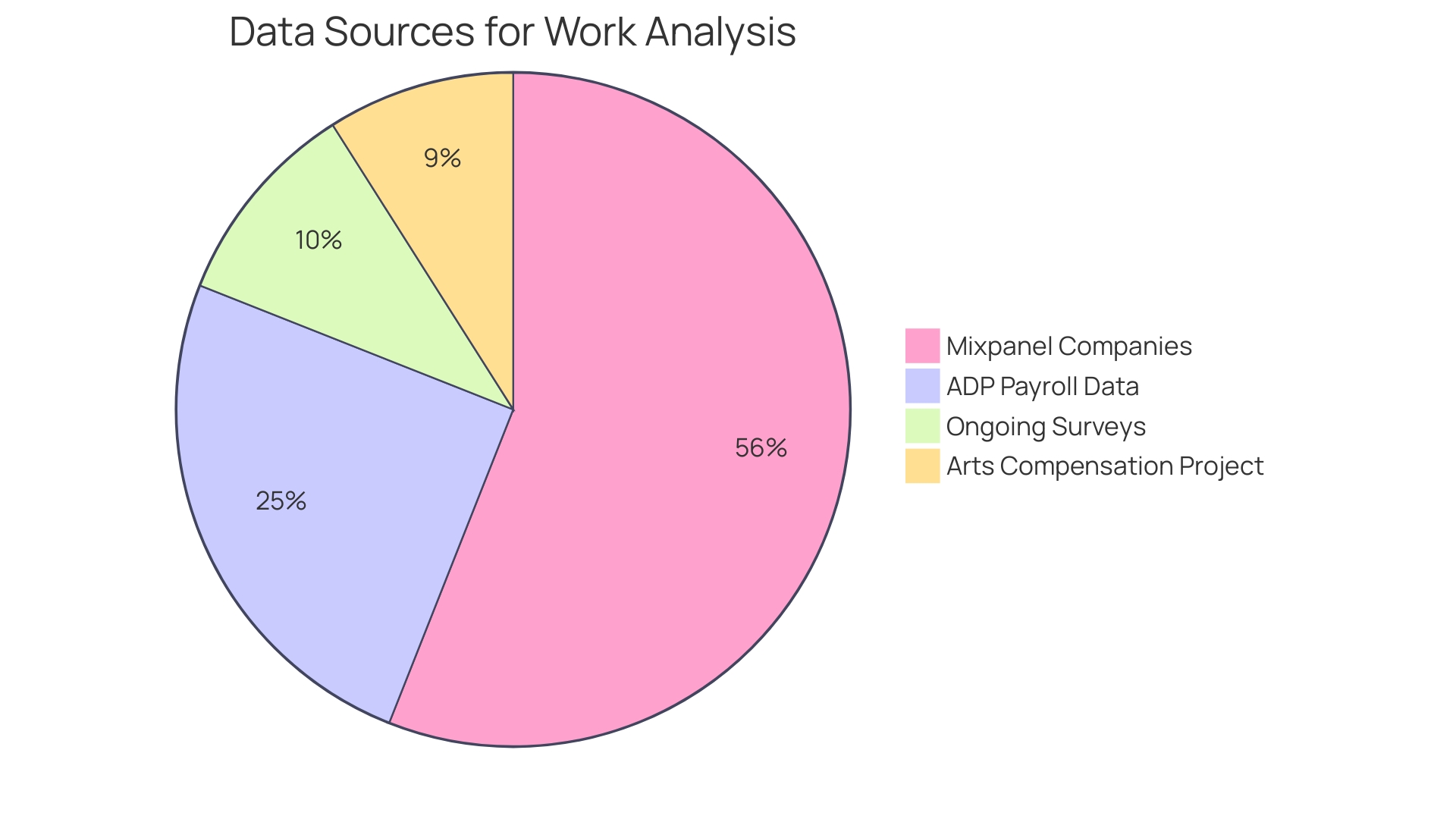
Converting AP Turnover to Days Payable Outstanding (DPO)
Understanding the Days Payable Outstanding (DPO) metric offers a clear window into how efficiently a business manages its cash flow in relation to its payables. This calculation reveals the average duration it takes for a business to settle its debts with suppliers. To determine DPO, one simply divides the number of days in a year, typically 365, by the Accounts Payable Turnover ratio. For instance, a company that pays off its suppliers every quarter would have a DPO of 91 days (365 days divided by 4). This metric not only helps in optimizing payment strategies but also serves as a benchmark for assessing the efficiency of a company's payables system against industry standards.
Tracking and Analyzing AP Turnover Trends
For businesses, maintaining a keen eye on Accounts Payable (AP) turnover trends is more than a financial exercise; it's a strategic imperative. The ratio serves as a barometer for the organization's fiscal health, illuminating the efficiency of the payables process and the company's liquidity stance. By tracking AP turnover, companies gain insight into how their operational changes, such as improvements in payment processes or adjustments in supplier terms, directly affect their financial position. Furthermore, this monitoring helps businesses detect the influence of external pressures like market fluctuations or regulatory changes on their financial operations. A clear understanding of AP turnover trends enables businesses to make proactive adjustments, ensuring they remain agile and financially sound in a fluctuating economic landscape.

Improving Your AP Turnover Ratio
Optimizing your accounts payable (AP) turnover can significantly improve your company's cash flow and overall financial health. Actions like negotiating more favorable payment terms with suppliers can provide more flexibility in your cash management. By streamlining AP processes, you shorten the payment processing cycle, thus freeing up cash more quickly. Automation is a key driver in enhancing efficiency and accuracy, as evidenced by companies such as Hershey's, which recovered from a financial downturn by automating their AR process. Aptech Computer Systems, Inc. is another example, offering an integrated ecosystem for the hospitality industry that enables faster achievement of financial and operational goals through a clear understanding of data.
In the broader scope, automation in AP and AR is crucial for mid-size firms, with most reporting increased efficiency and improved cash flow post-implementation. However, 96% of these firms face barriers, including significant implementation costs. Despite this, the journey towards automation is essential, with only 5% of firms having fully automated all processes. As the role of the COO evolves, CFOs also recognize the importance of understanding operations to drive efficiency and growth. With the right approach to AP turnover, your company can ensure a stable and robust financial future.
Common Mistakes to Avoid in AP Turnover Calculation
To accurately assess your organization's financial efficiency, particularly in managing creditors, mastering the Accounts Payable (AP) turnover ratio is crucial. Avoid common pitfalls to ensure your calculations reflect the true fiscal health of your business:
- Ensuring that only credit purchases contribute to the total purchase figure is essential, as including cash transactions can distort the turnover rate.
- The average accounts payable balance over a period offers a more faithful representation than a single-point-in-time snapshot, which might not account for fluctuations throughout the year.
- Seasonal variations or extraordinary events can significantly influence your AP turnover. Adjusting for these factors prevents skewed interpretations that could lead to misguided strategic decisions.
By honing in on these critical details, you can leverage the AP turnover ratio as a reliable indicator of how effectively your company is managing its payables and maintaining robust vendor relationships.
Automation and Optimization of AP Turnover
Implementing cutting-edge technological solutions can revolutionize the accounts payable turnover process by enhancing both efficiency and precision. For instance, St. James Winery, Missouri's premier wine producer, and Optimotion, a trailblazer in industrial IoT solutions, exemplify how automation elevates operational performance. Optimotion developed an automated system for a client in need of a sophisticated water treatment solution, which meticulously recorded chemical usage and optimized dispensing. Similarly, automated systems in financial operations can seamlessly gather data, compute ratios instantly, and offer actionable insights, which are instrumental for informed decision-making.
When considering the impact of technology on operational efficiency, it's essential to define key concepts such as Turnaround Time (TAT) and downtime. TAT is the total time taken to complete a process, while downtime refers to periods when systems are non-functional, impacting productivity. Automated systems can significantly reduce both TAT and downtime, as evidenced by the case of BIXOLON Europe's collaboration with ACS Postal Services. BIXOLON's mobile printers provided ACS couriers with the ability to print receipts on-demand, showcasing the tangible benefits of real-time technology applications.
Moreover, recent news about Arm Holdings' successful IPO, valuing the company at over $52 billion, underscores the growing significance and financial potential of tech companies. This financial milestone reflects the critical role that technology plays in modern business operations and the potential for automated solutions to transform various industry sectors.
Despite the advantages of technology, it's important to dispel the myth that tech solutions alone can address all operational challenges. As industry experts point out, while technology can significantly assist in data analysis and prediction, human expertise remains vital for interpreting insights and making strategic decisions. This balance between technological innovation and human judgment is crucial for optimizing accounts payable turnover and achieving long-term success.
Lastly, it is not uncommon for areas of the world to lack access to digital services, highlighting the importance of continued technological advancement and integration. The goal is to bridge the digital divide and extend the benefits of sophisticated tech solutions, like those employed in accounts payable turnover, to all sectors, enhancing global business efficiency and connectivity.
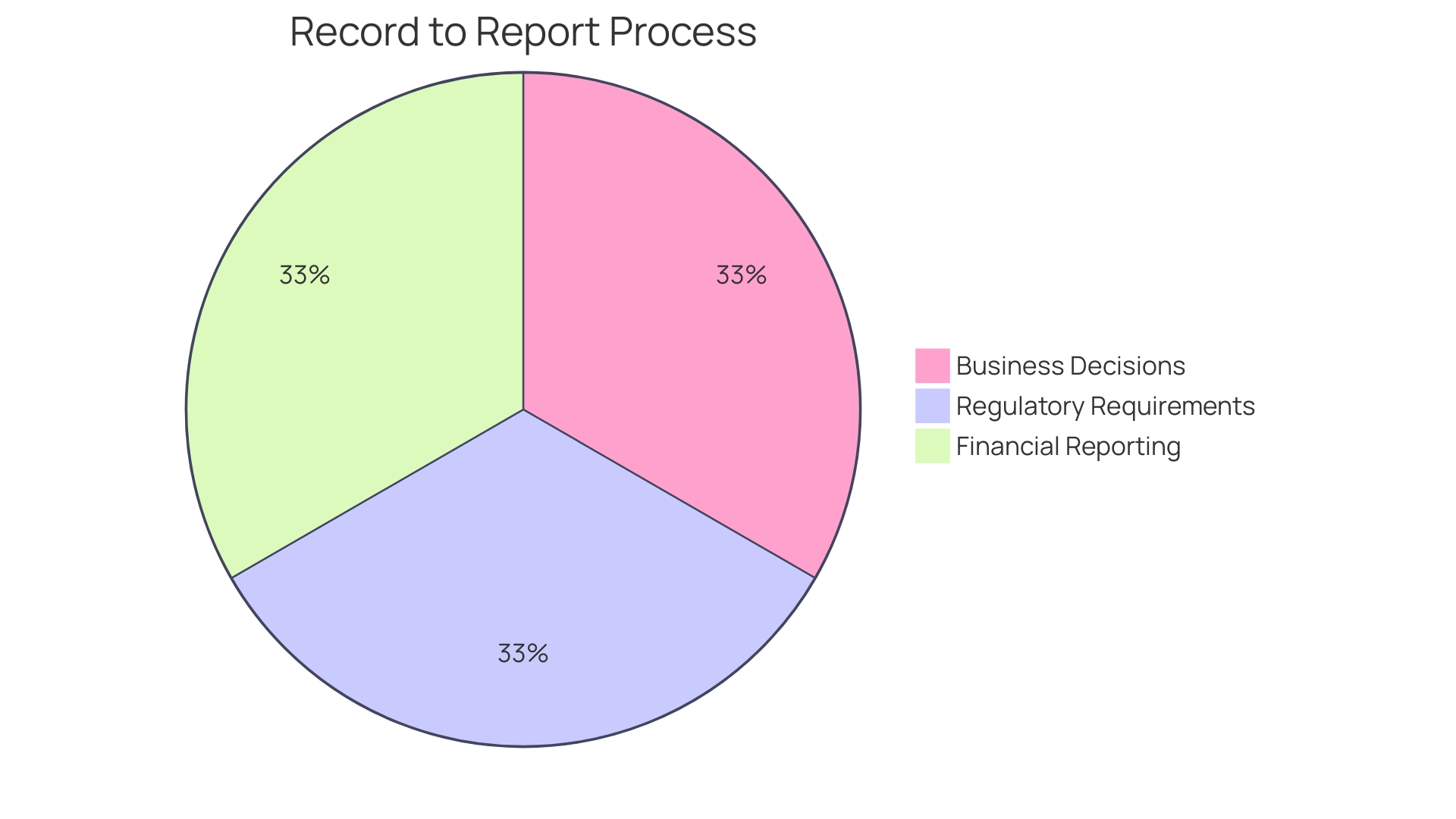
Conclusion
Understanding and optimizing accounts payable turnover is crucial for businesses to improve their financial health and operational agility. By calculating this ratio, companies gain critical insights into their liquidity status and payment cycles. A higher AP turnover ratio indicates prompt payments and good credit management, while a lower ratio may suggest cash flow challenges or a strategic approach to payment terms.
Benchmarking the AP turnover ratio against industry standards allows businesses to refine their operations and improve efficiency. Financial ratios like AP turnover provide valuable insights and aid in decision-making. Optimizing accounts payable turnover can significantly enhance cash flow and financial health.
Negotiating favorable payment terms and streamlining AP processes are key actions to achieve this.
Tracking AP turnover trends helps businesses make proactive adjustments and remain financially sound. It allows companies to understand the impact of operational changes and external pressures on their financial position. Avoiding common mistakes in AP turnover calculation ensures accurate assessments and reliable insights.
Implementing automation in the accounts payable turnover process revolutionizes efficiency and accuracy. However, it is important to strike a balance between technological innovation and human judgment. Human expertise remains vital for interpreting insights and making strategic decisions.
In conclusion, understanding and optimizing accounts payable turnover is essential for businesses to manage their cash flow effectively and maintain strong supplier relationships. By calculating the ratio, benchmarking against industry standards, and leveraging automation, companies can improve their financial health and achieve long-term success.
Learn how to optimize your accounts payable turnover to enhance your cash flow and financial health.




